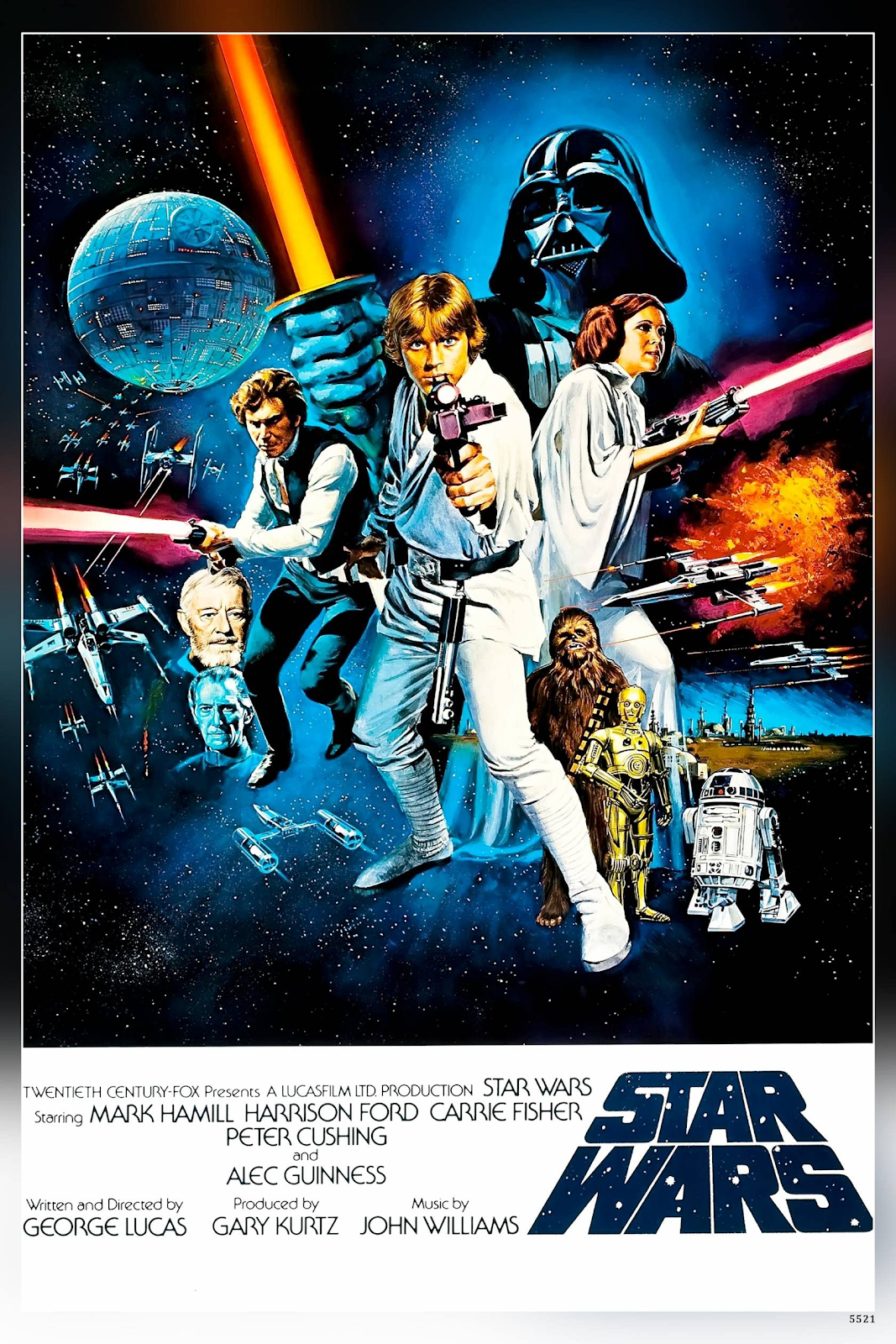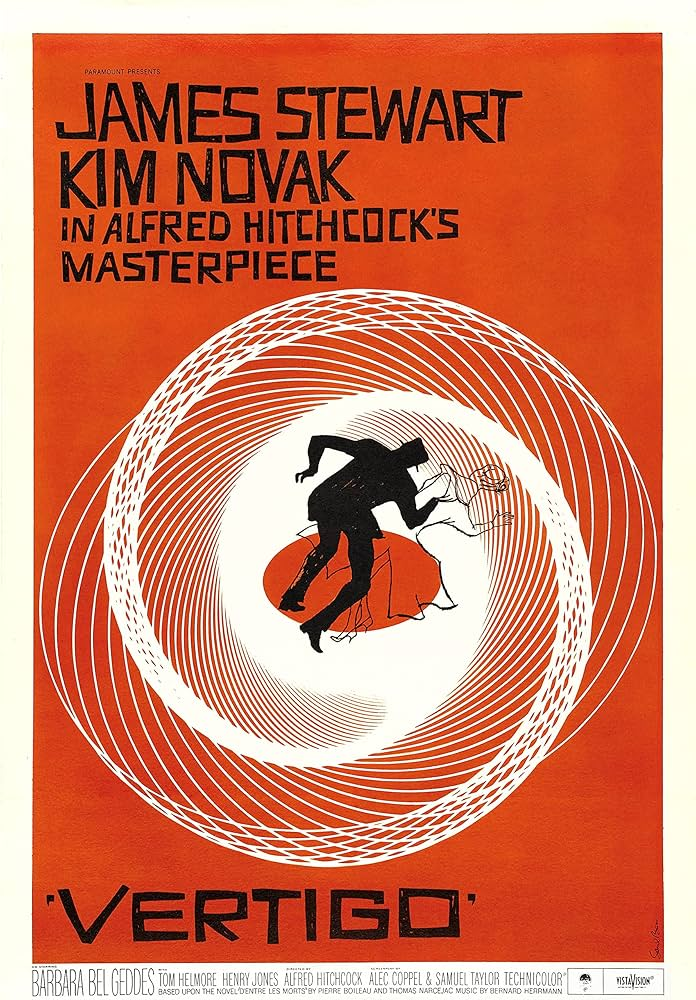Top 10 Film Posters of All Time
🎬 The 10 Best Movie Posters Of All Time – A Tribute to Iconic Design
Movie posters are more than billboards for box office success—they're visual time machines. They capture the essence of a story, a moment in cinema, and sometimes, a cultural shift. While a movie might fade into obscurity, its poster can live on forever, pinned to dorm walls, collected by fanatics, and celebrated in design circles.
Let’s take a walk through the cinematic gallery of greatness: the 10 best movie posters of all time and what makes them immortal.
🦈 1. Jaws (1975) – Designer: Roger Kastel
Tagline: “You’ll never go in the water again.”
 |
| Jaws Poster |
The scale of the shark alone was enough to trigger nightmares, but combined with that ominous tagline? It turned every beach trip into a potential horror movie. Spielberg's thriller changed the landscape of summer blockbusters—and Kastel’s artwork changed how we perceive danger below the waves.
🎨 Legacy: Frequently parodied, referenced, and reimagined, this poster remains a blueprint for building suspense with minimalism.
🌌 2. Star Wars (1977) – Style A Poster by Tom Jung
Tagline: “A long time ago in a galaxy far, far away…”
 |
| Star Wars (1977) poster |
Luke’s exaggerated hero pose, Leia’s fierce expression, the looming presence of Darth Vader’s helmet in the stars, and those brilliant lightsaber beams—it was pulp art meets fantasy opera. The poster ignited imaginations and invited viewers into a galaxy they hadn’t even imagined yet.
🖌 Design Note: The poster's symmetry, romantic lighting, and composition were inspired by classic adventure novels and painted covers of the '50s.
🌃 3. Blade Runner (1982) – Artist: John Alvin
Tagline: “Man has made his match… now it’s his problem.”
 |
| Blade Runner (1982) poster |
Alvin’s moody illustration mirrors the film’s haunting atmosphere. Set in a futuristic Los Angeles drenched in neon rain, the poster captures the noir essence of the film—gritty, reflective, and isolated. Harrison Ford’s expression is distant, mirroring Deckard’s emotional ambiguity, while the presence of Sean Young’s Rachael adds a layer of mystery.
It’s a poster that doesn’t scream sci-fi in the conventional sense. Instead, it whispers questions: What does it mean to be human? What happens when the machine becomes the mirror?
🌆 Cultural Footprint: This poster, much like the film itself, has only grown in prestige over time, influencing everything from advertising to video games.
🍸 4. Dr. No (1962) – Illustrator: Mitchell Hooks
Tagline: “Now meet the most extraordinary gentleman spy in all fiction…”
 |
| Dr No Poster |
Before the martinis and the Aston Martins became clichés, James Bond was an unknown quantity. This poster introduced Sean Connery’s suave silhouette to the world—with a Walther PPK, of course—and established the Bond brand. Cool confidence, exotic women, and the whiff of danger.
Hooks’s hand-drawn artwork oozes style. Bond doesn’t even have to try—he’s standing still, and yet, he owns the poster. The pastel-toned Bond girls (each representing a plot element or fantasy) add both allure and danger.
🎥 Impact: Set the tone for all Bond posters to come—classy, cocky, and dangerous.
📚 5. Pulp Fiction (1994) – Designer: Indika Entertainment
Tagline: “You won't know the facts until you've seen the fiction.”
 |
| Pulp Fiction poster |
This poster is a perfect example of form-following content. Designed to mimic a dog-eared pulp novel from the 1950s, it features Uma Thurman’s Mia Wallace lying on a bed, cigarette in hand, as though she’s just stepped off the page of a crime paperback. It’s got fake wear and tear, a 10¢ price tag, and a sensationalist title font.
The visual style mirrors Tarantino’s storytelling—a mashup of vintage noir and modern cool. It says “cult classic” before you even see the first scene. The fact that this poster is still being sold in stores and dorm rooms three decades later says it all.
💡 Trivia: Originally, th, e poster was to feature a shot of Mia holding a cigarette near her face, but it was altered due to complaints about the promotion of smoking.
💀 6. The Dark Knight (2008) – Joker Teaser
Tagline: “Why so serious?”
 |
| The Dark Knight |
You didn’t need Batman’s symbol. You didn’t even need Batman. Just a dimly lit image of a man (the Joker) facing away from the camera, smearing a bloody smile across glass. It was raw, ambiguous, and unsettling.
This poster arrived months before the movie’s release and had one job: introduce Heath Ledger’s Joker. The tagline “Why so serious?” became an instant catchphrase, capturing the sinister chaos the character would bring.
🔥 Design Genius: It reversed the rules of teaser posters. Instead of hero worship, it gave us menace and psychological disturbance.
🕯 7. Nosferatu (1922) – German Expressionism at its Peak
Tagline: (Silent era—who needs words when fear does the talking?)
 |
| Nosferatu |
Forget jump scares. Nosferatu creeps into your soul. The poster, much like the film, is expressionist horror at its most chilling. Count Orlok’s elongated fingers, his hunched frame, and the jagged shadow creeping up the stairs are visual poetry in nightmare form.
The poster doesn’t just promote a film—it creates a myth. There’s no color, no lush set pieces. Just raw, primal fear. The absence of sound in the silent film made the visual design even more essential, and the poster delivers unease with full force.
🩸 Legacy: Precursor to every vampire trope we know today. This poster remains a haunting emblem of cinematic horror.
🌀 8. Vertigo (1958) – Designer: Saul Bass
Tagline: “A Hitchcock thriller.”
 |
| Vertigo poster |
There are no photo-realistic images or Hollywood glitz here. Just shape, color, and emotion. The style, bold and ahead of its time, conveyed that this movie wasn’t just another thriller—it was a descent into obsession.
🌀 Design Philosophy: Bass believed that a film’s essence could be distilled into one potent image. Vertigo proves him right.
💵 9. Scarface (1983) – Designer: Tony Seiniger
Tagline: “He loved the American Dream. With a vengeance.”
 |
| Scarface poster |
Split down the middle, the black-and-white contrast of the Scarface poster reflects Tony Montana’s dual nature: immigrant dreamer and violent kingpin. His blank expression and stiff posture are more unnerving than a scowl—this is a man unshaken by chaos.
The splash of red text, minimal detail, and stark design helped define 1980s pop culture. It was sharp, direct, and full of implied danger. Decades later, it’s plastered across hip-hop albums, murals, and motivational posters (ironically or not).
📀 Influence: Few posters are as closely tied to the "rise and fall" archetype as this one. It became a visual icon of ambition, excess, and downfall.
🚀 10. Alien (1979) – Designer: Philip Gips
Tagline: “In space, no one can hear you scream.”
 |
| Alien 1979 poster |
Ridley Scott’s film was as much about atmosphere and isolation as it was about extraterrestrial horror. The poster prepared you for that. With the ominous tagline, it whispered, “You’re all alone.”
🌑 Why it’s great: It doesn’t need to show the alien. The dread builds from implication. It’s cold, it’s quiet, and it’s perfect.
🎞 Final Frame – A Love Letter to Poster Art
These posters weren’t just ads—they were invitations into new worlds, symbols of shifting times, and statements of bold creative vision. While streaming platforms and digital thumbnails have dulled the art of the poster, these ten remain beacons of brilliance in visual storytelling.
So if you're a collector, a designer, or just a fan of film—consider framing one of these beauties. Because, in a world of scrolls and swipes, a great poster still has the power to make us stop, stare, and dream.
Read More -

Comments
Post a Comment